Is YouTube Safe for Kids?
Does a kid-safe YouTube exist?
SEP 28, 2022
Is YouTube Safe for Kids?
Does a kid-safe YouTube exist?
As YouTube is the second most used social platform behind Facebook, kids and teens are watching it more than ever. [1] This may cause parents to wonder whether YouTube is safe for their children and teens.
While YouTube has family-friendly, educational material, there are also videos and channels with disturbing videos, violence, suicidal ideation, explicit language, and drug use.
YouTube has released new parental controls, but is it enough to safeguard kids?
Despite some content filters, the controls don’t go far enough to provide parents with adequate protection for their kids.
How Kids Get Around YouTube’s Restricted Mode
- Open A New Browser: Using a new browser without Restricted Mode allows unfiltered access to YouTube.
- Use a Different Device: Kids can switch to a device without Restricted mode to view all of YouTube.
- Use a Proxy Browser or App: Youth can use gateway browsers or apps that provide untracked access to unfiltered content online.
YouTube’s New Parental Control: Restricted Mode
YouTube has rolled out a new parental control called Restricted Mode (previously safety mode). For this feature to work, parents must activate it on every browser—a time-consuming task for anyone.
Youtube’s Restricted Mode allows parents to filter out unsuitable content, but it doesn’t catch every inappropriate comment or video.
How effective is Restricted Mode?
Since children can easily circumvent Restricted Mode, it’s not very effective.
Restricted Mode is not an account feature; it only works within a specific browser. Restricted Mode must be enabled on every browser and device separately.
Teenagers can view YouTube freely even with Restricted Mode by simply changing to another browser or device.
Even with Restricted Mode activated, YouTube features tutorial videos on how to turn off the safety feature.
If a child is inclined, there are numerous ways to get around Restricted Mode, making it ineffective.
What are YouTube’s Dangers?
Users create all content on YouTube. Every minute, 500 video hours are uploaded. [2] That is nearly ¾ of a million (720,000) hours of content daily.
The amount of inappropriate content on Youtube cannot possibly be filtered out at that rate.
500+ hours of content
are uploaded to
YouTube every minute.
While YouTube uses artificial intelligence (AI) called Video Classifiers to filter videos, they rely heavily on users to “flag” or report content violating those standards.
So, the safety of our kids rests upon other users taking appropriate, timely action. Even when users flag videos, the process of taking videos down is slow.
YouTube has excessive user content
While AI and humans oversee Video Classifiers, it is impossible to catch everything.
YouTube has a reactive system rather than preventive—videos can be posted and accessible online before being vetted. In 2018, 33% of videos that AI removed had been viewed before they were taken down. [3]
In 2018, 33% of [YouTube] videos that AI removed had been viewed before they were taken down.
—Techfastly [4]
After kids have been exposed to inappropriate content, parents are left to deal with the resulting impact on their mental and emotional health.
The damaging effects of exposure
Expecting users to “police” content allows unsafe videos to be online and accessible until YouTube takes them down.
By the time YouTube takes action, the damage is usually already done.
YouTube vlogger Logan Paul, whose video featured the body of someone who died by suicide, was tragically never flagged by AI. It went viral online before YouTube reacted.

Although viewers repeatedly flagged it for inappropriate content, YouTube was too slow to act, and 6 million people viewed it before it was taken down.
As a result of community criticism, the vlogger himself removed the video the day after it was posted on YouTube. [5]
How predators get around filters
Predators use simple tricks to get their videos past AI, hiding inappropriate content in the middle of videos that appears innocent.
Predators use child-friendly titles and hashtags to get past filters and to trick the algorithms that recommend videos to children.
In interviews conducted by Gabb, one parent shared that, while using YouTube restricted mode, her 5-year-old daughter watched a popular cartoon featuring puppies. Nearby, the parent happened to hear intense profanity. When she investigated, she found these expletives had been dubbed over the actual script.
Filters don’t protect. YouTube’s lengthy removal process makes it easy for predators to continue to gain views at our children’s expense.
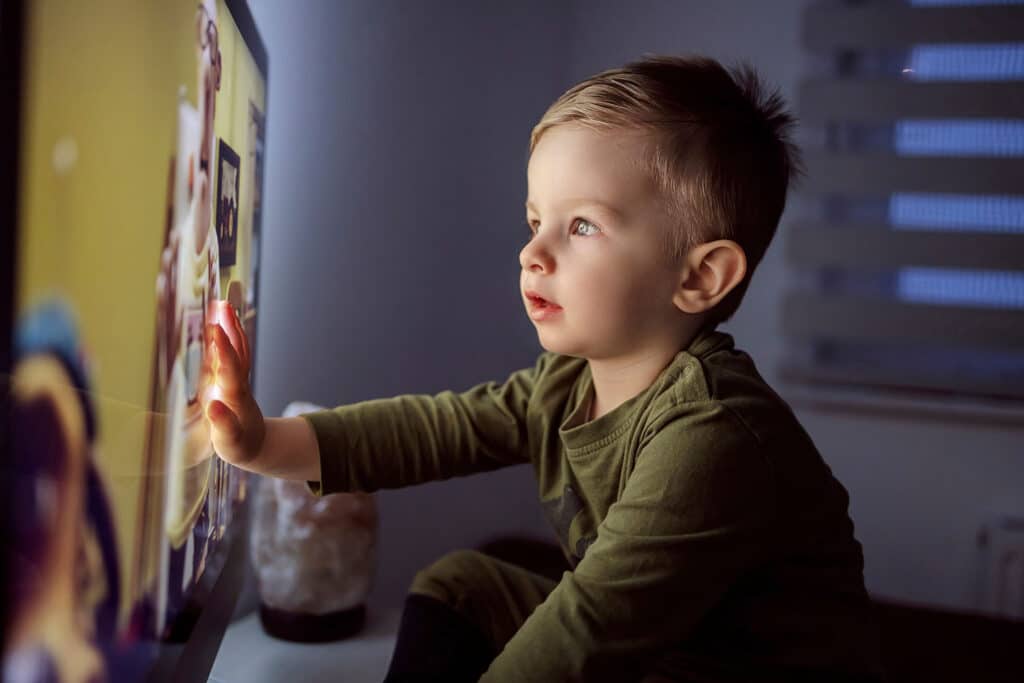
Lack of time restrictions
Restricted Mode offers no time restriction options and programs videos to “auto-populate.” This could lead to excessive screen time or exposure to inappropriate videos for a child’s age.
YouTube Auto-populates Videos
Digital privacy
While viewing any media, look at the auto-populated content below the video. It will give you insight into the data the AI is collecting on your child.
YouTube autoplays videos (on by default) by deducing the age of the viewer, tracking their search history, and collecting the viewing preferences of your child to offer continuous content suggestions.
This allows YouTube to advertise directly to kids. Children are the product that YouTube sells to advertisers.
How to turn on restricted mode
As an opt-in feature, YouTube Restricted Mode has to be turned on to work. It is not customizable—parents cannot choose which content to restrict or allow.
Turning on Restricted Mode
- Go to youtube.com.
- Tap your profile photo on the top-right corner.
- Tap “Restricted Mode: Off” to open a new window.
- Turn on Restricted Mode by tapping the slider with the black circle.
Tap “Restricted Mode: Off” for a new window to open.
When activated, the slider button is blue.
Enabling YouTube’s Restricted Mode
-
Restricted Mode must be enabled on every browser and every device separately.
What Parents Can Do
Create a simple strategy for kids when something inappropriate comes on, such as Stop, Run and Tell. Explain they will not be in trouble for telling you.
To keep viewing habits healthy, set a timer to alert you and your child when an agreed-upon screen time limit is up.
Make a plan
Parents who allow children to use YouTube can turn on Restricted mode on every browser and device their child can access.
Stay aware and open
Many parents have found success keeping electronic devices in public areas at home with the sound on (no headphones) where they can quickly intervene if inappropriate content appears.
Electronics can stay in public parts of the home.

Moving Forward
Aside from monitoring screen time, regularly talking to your child about the benefits and dangers of YouTube and monitoring your child’s internet history can provide great opportunities for conversations.
Want to stay informed on how to protect your kids? Subscribe to Gabb’s Family Resources for up-to-date information delivered directly to your inbox.


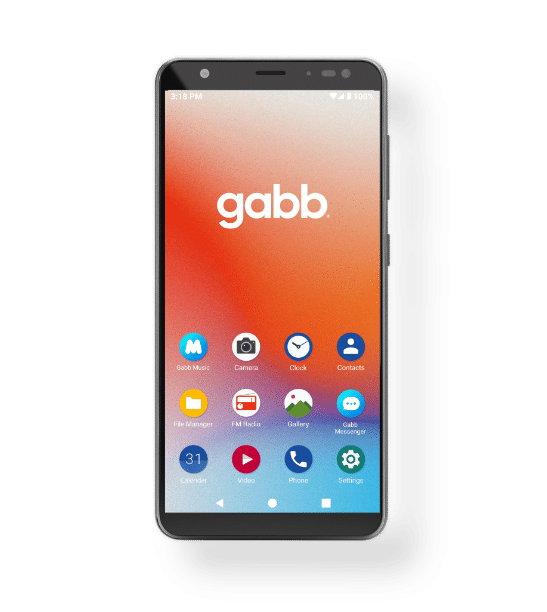

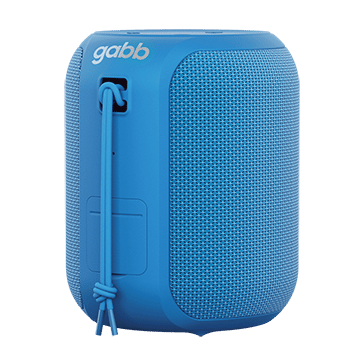






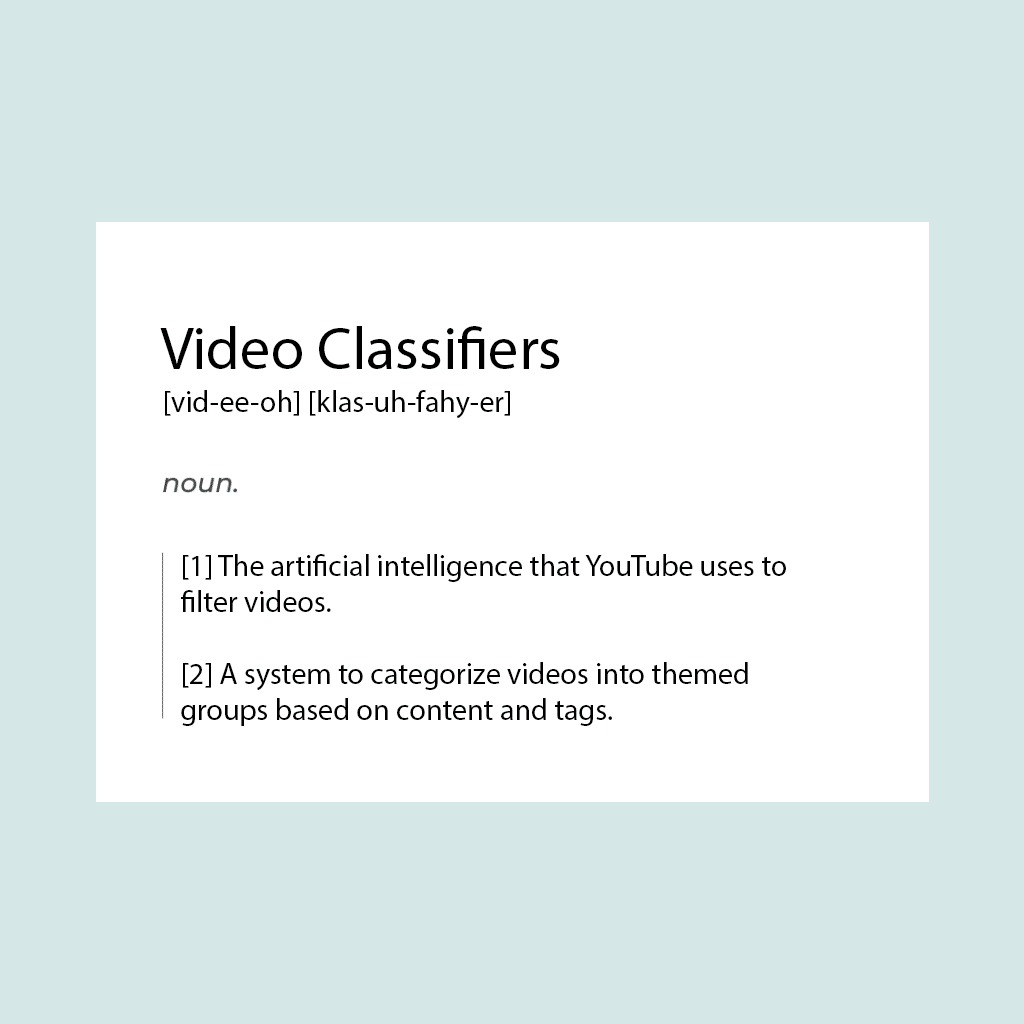
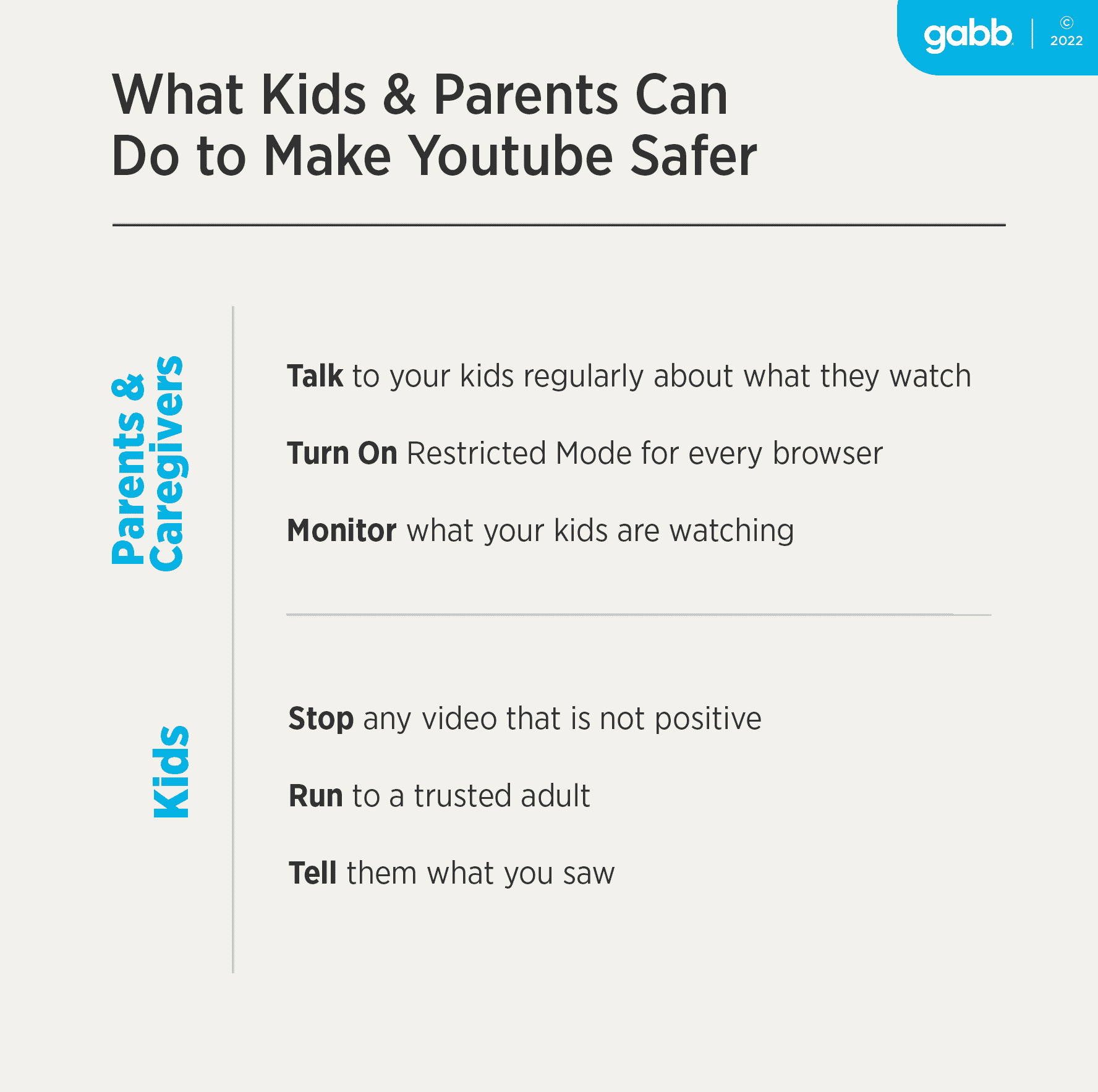

Success!
Your comment has been submitted for review! We will notify you when it has been approved and posted!
Thank you!